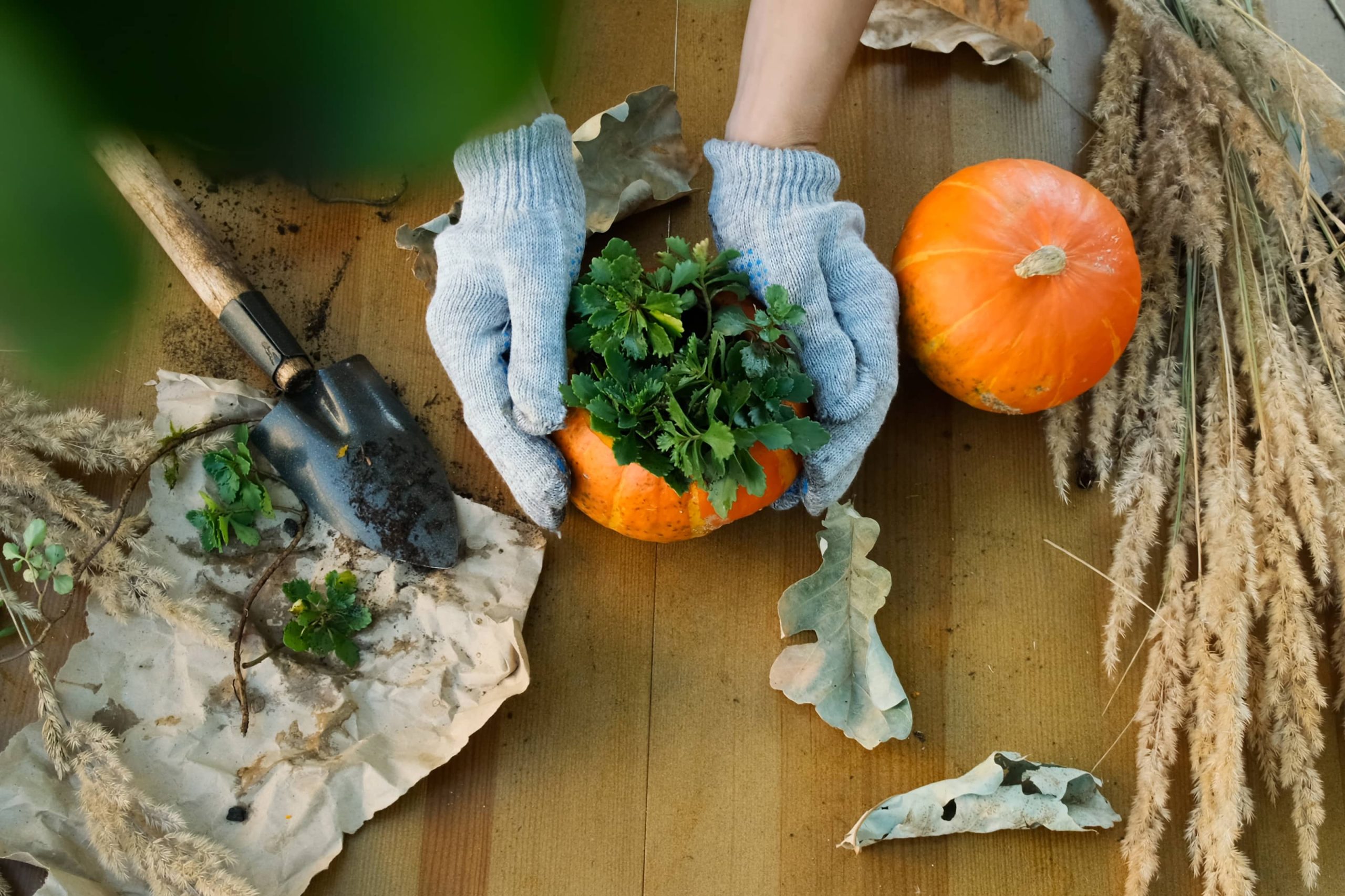
As the seasons change, home and garden enthusiasts face the perennial task of rotating their equipment and furniture to match the season. Whether you’re transitioning from summer’s lawn mowers and patio chairs to winter’s snow shovels and firewood racks, proper storage is crucial. Without careful planning, you might find your equipment and furniture suffering damage or disrepair. To assist you, here’s a comprehensive guide on how to safely store seasonal equipment and furniture.
Understanding Seasonal Transition
Each season brings its own set of tools and furnishings that need to be put away or brought out. Consider the following needs:
– Spring/Summer: Lawn mowers, garden tools, hoses, patio furniture, BBQ grills, and pool equipment are at the forefront.
– Fall/Winter: Snow blowers, shovels, fire pits, and holiday decorations dominate the scene.
Storing these items carefully ensures they remain in good condition and are ready to use when needed.
Preparing Equipment and Furniture for Storage
The first step in safe storage is thorough preparation.
1. Clean Everything: Clean all equipment and furniture thoroughly before storing them away. This includes washing outdoor furniture, wiping down tools, and draining power machinery of oil and gas. Dirt and grime left unchecked can cause damage over time, leading to rust, mildew, and reduced functionality.
2. Repairs and Maintenance: Address any repairs or maintenance tasks before storing items. This might include sharpening blades, tightening loose screws, and fixing cracks or chips. Consider it an investment; a small repair now can prevent much more costly damage later.
3. Disassemble When Necessary: For larger items like patio sets or complex lawn tools, disassemble what you can to save space and prevent damage. Be sure to keep screws and small components in labeled bags attached to the larger item or stored in an organized manner.
Choosing the Right Storage Environment
Where and how you store your equipment and furniture makes all the difference.
1. Climate Control: If possible, choose a climate-controlled storage environment. This is particularly important for delicate items or power tools, which can be damaged by extreme temperatures and high humidity.
2. Off the Ground: Store items off the ground to prevent water damage. Wooden pallets, metal shelving units, or even plastic tubs can keep your belongings safely elevated.
3. Dry and Ventilated Areas: Make sure your storage space is dry and well-ventilated. Mold and mildew thrive in damp, enclosed spaces and can cause irreversible damage to your items.
Organizing for Accessibility
Good organization can save time and frustration when it’s time to rotate items again.
1. Label Everything: Label boxes, shelves, and containers clearly. Knowing where everything is stored can prevent the need to unpack and repack everything just to find the snow blower or lawn mower.
2. Create Zones: If you’re storing a variety of items, create dedicated zones for different categories such as garden tools, holiday decorations, and sporting equipment. This will make it easier to locate what you need when you need it.
3. Keep an Inventory: Maintain an inventory list of stored items. This can prevent duplicate purchases and remind you of what needs to be rotated when the seasons change.
Materials that Help Ensure Longevity
Certain materials and products can aid in the safe storage of seasonal items.
1. Protective Covers: Invest in protective covers for outdoor furniture and large equipment. They shield items from dust, moisture, and accidental scratches.
2. Silica Gel Packs or Dehumidifiers: Use silica gel packs or dehumidifiers to control moisture levels in storage areas, particularly if the items include metals prone to rust or fabrics susceptible to mold.
3. Corrosion Inhibitors: Consider using corrosion inhibitors on metal tools and machinery. These chemicals help prevent rust and prolong the life of your equipment.
Eco-Friendly Storage Tips
For those conscious of their environmental impact, here are a few ways to make your storage practices more eco-friendly:
1. Reuse and Repurpose Storage Bins: Instead of buying new storage containers every season, reuse or repurpose old ones. Just ensure they’re clean and structurally sound before use.
2. Donate Unused Items: If you have seasonal equipment or furniture that you didn’t use all season, consider donating instead of storing it. This reduces clutter and aids in sustainability.
3. Choose Sustainable Materials: When purchasing storage materials such as bins or covers, choose options made from recycled or sustainable materials.
Final Thoughts
Properly storing seasonal equipment and furniture not only saves you money in repairs and replacements but also extends the life of your possessions. By taking the time to clean, repair, and organize your items, you maintain your garden and home furnishings in pristine condition, ready to use at a moment’s notice.
Remember, the key to effective storage is planning and proactive care. With these tips in hand, you can enjoy the transition from season to season without the stress and hassle. Happy organizing!







